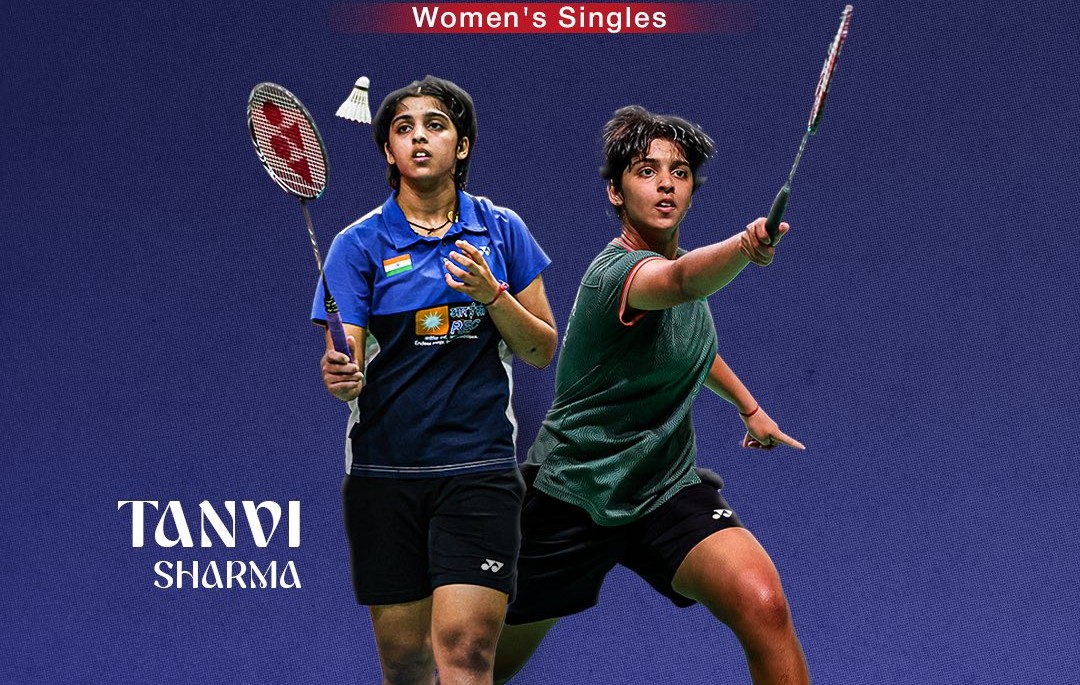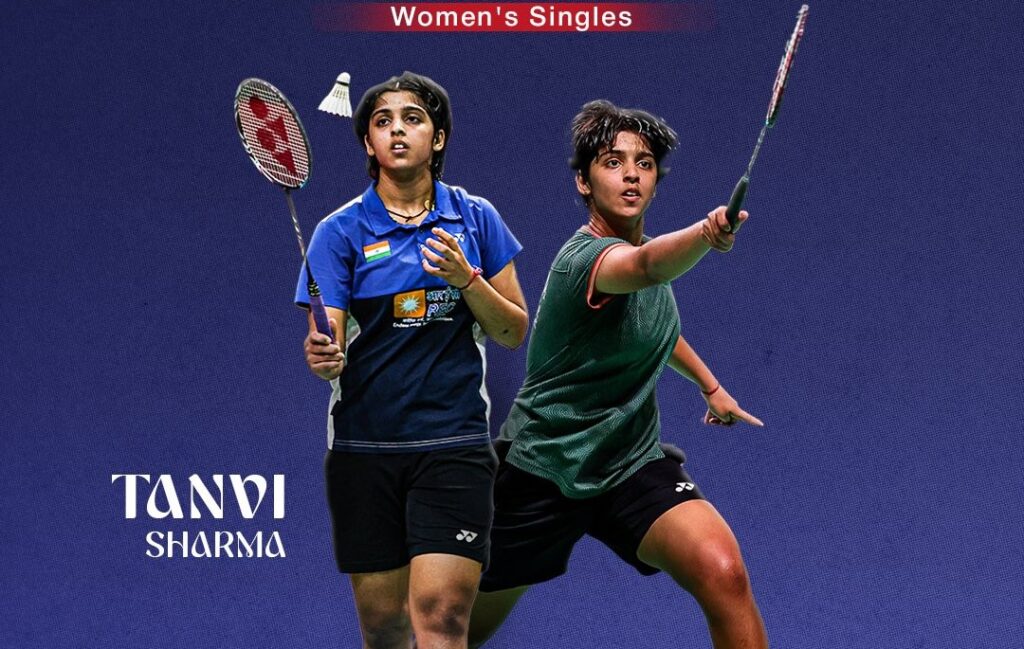
Dictionary defines ‘transition’ as ‘the process or a period of changing from one state or condition to another’. It’s a crucial phase in sports. Those who follow team games can tell that broadly, this is when the old makes way for the new. In individual disciplines, a key transition is the shift from junior to senior.
That’s why Tanvi Sharma’s runner-up finish in the girl’s section of the world junior (U-19) badminton championship in Guwahati needs careful examination. It’s a commendable feat, not unprecedented. She is the third woman and 11th player from the country to be on the podium of this event held since 1992. India ticked one more box by collecting a first-ever medal — bronze — in the mixed team category. This, however, is not an Olympic category. Nor does it feature in the senior world championship.
Tanvi’s silver should be viewed differently. Not because it was India’s fifth second-place finish in the competition after Aparna Popat (1996), Saina Nehwal (2006), Siril Verma (2015) and Sankar Subramanian (2022). Not because it ended a 17-year drought in the girls’ section. This comes when India is struggling to find new faces it can expect medals from at the highest level. The contenders continue to be the men’s doubles duo of Satwiksairaj Rankireddy and Chirag Shetty, PV Sindhu, Lakshya Sen and HS Prannoy. They all have spent a substantial time in the senior circuit. As for players who can follow in their footsteps, the cupboard is not teeming with promise. That makes fresh faces precious.
“We need to be careful when the transition happens from juniors to seniors,” Aparna told RevSportz. “The next two-three years are critical. The support provided to them has been adequate so far in terms of exposure, training, support staff, sports science and so on. Now, the players have to do it. Tanvi did well in world juniors, but that has to translate into the seniors and that has to have a timeline. That’s because you sometimes don’t realise how quickly these two-three years go by. Look at Saina and other big names that became dominant figures in the senior circuit almost immediately after winning junior laurels.”
Tanvi was born a few months after Saina won the world juniors gold in 2008. She turns 17 in December. After five years at Pullela Gopichand’s academy in Hyderabad, she has shifted to the Badminton Association of India’s Centre for Excellence in Guwahati. This Sindhu fan has prospered under South Korean coach Park Tae-sang. She is a part of the pack including Anmol Kharb, Unnati Hooda and a few others around whom centre revival hopes of Indian women’s badminton. Tanvi finished runner-up in this year’s US Open. It’s a senior event, although with a Super 300 grade, it’s below the tournaments that matter.
Juniors a stepping stone, not springboard
“The world juniors is an indicator to say that this player has promise,” felt Aparna, a former Commonwealth Games silver and bronze medallist in singles. “This achievement is great because you know that you’re on the right path. The actual game has to be played in the seniors. It’s good to see these girls having those odd, good performance at the senior level. In the next two-three years, there will be a lot of learning, maturing and gaining experience. What you do in this period will dictate the next five years going ahead.”
Of India’s 11 world junior medal winners, Saina, Sai Praneeth, Prannoy and Lakshya stood on the podium at the seniors. On the other hand, not much is heard about Siril Verma and Sankar Subramanian — the silver medallists in the boys’ section. This shows that the junior circuit is a stepping stone. It’s not always a springboard to get into the senior slugfest.
A member of the Sports Authority of India’s Mission Olympic Cell, Aparna thinks specific adjustments are needed to ensure the plunge is proper. “The main thing is knowing that the game you played in juniors is not going to be enough. You have to change or navigate accordingly. Playing against seniors is substantially different in many ways. The second is being selective and strategic about the events you want to play. And how much you want to focus on performance compared to development. These balances become critical.”
By raising these questions with her performance, Tanvi has brought the focus back on the supply line. Due to a lack of activity there for a few years, this side had got overlooked. Tanvi has at least made sure that when year-end stocks are taken, future prospects like her will be discussed alongside the achievements of Satwik and Chirag. It’s a welcome addition to the milieu.
For latest sports updates: Follow RevSportz





